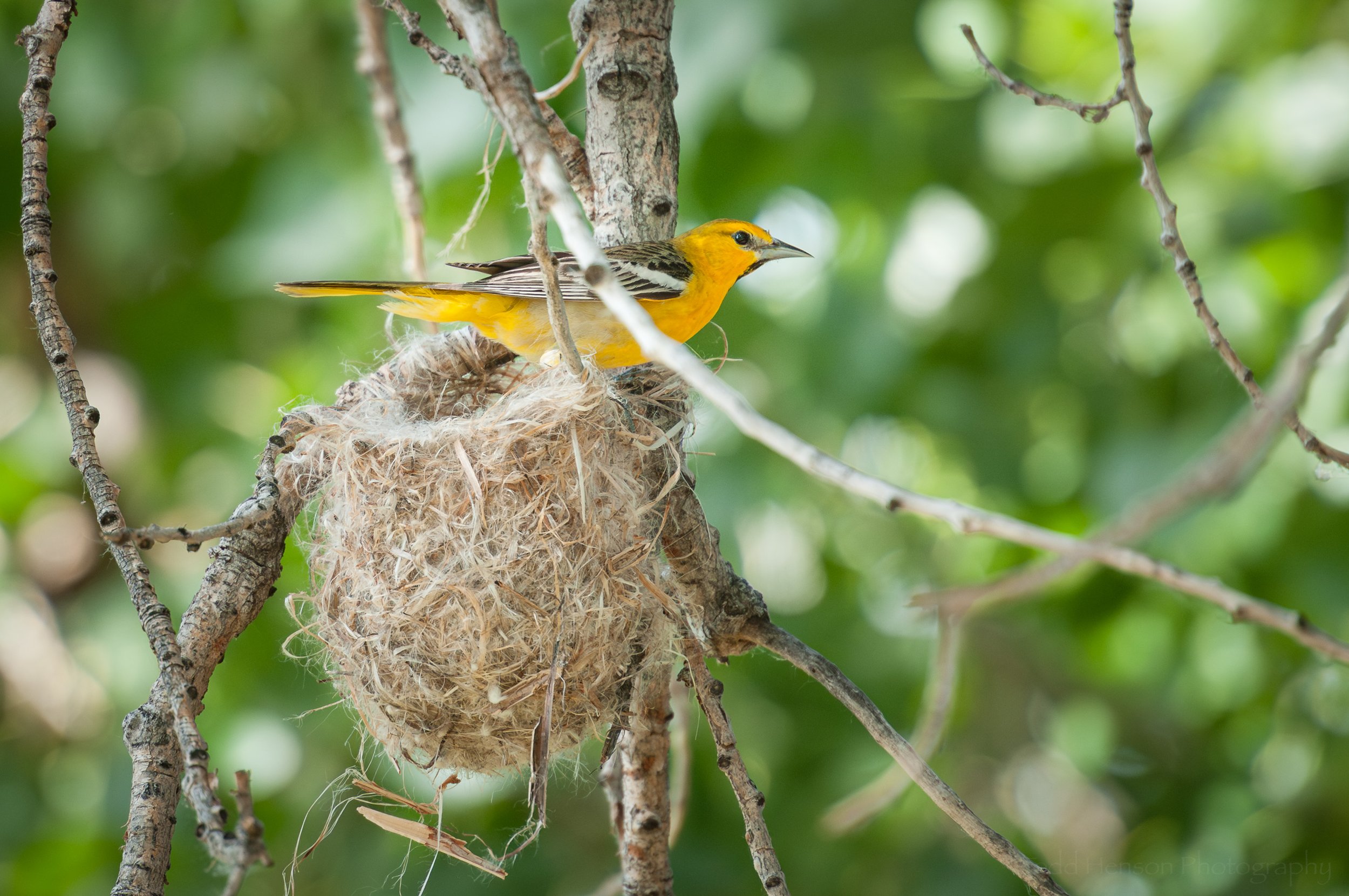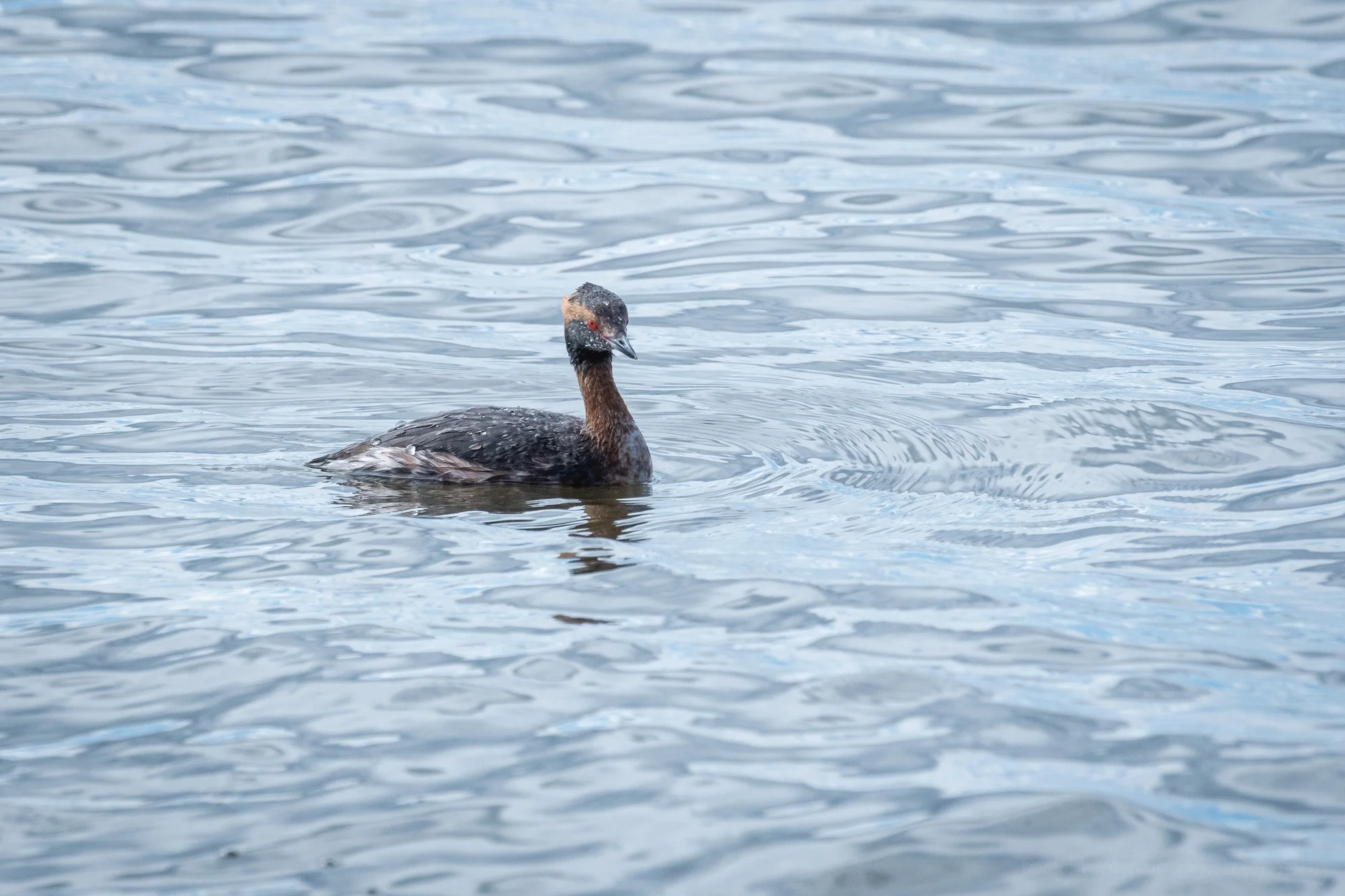A pair of Snapping Turtles that appear to be mating in the water. We can see how the male clutches onto the female.
In a recent post we took a look at a small Snapping Turtle hatchling fresh out of the nest. This time we take a look at a pair of adult Snapping Turtles, likely mating. Typically mating occurs in the spring in Virginia, but it can also occur in the fall, as seen in these photos.
I like the interesting patterns of the Snapping Turtles and their reflections.
We only see the male Snapping Turtle clearly in these images, but you can see portions of the female, such as her shell and leg sticking out of the water just under the male. He latches on to her with his claws, which are clearly visible in a couple photos. I don’t know how long this went on for, but the photos in this post span about a 15 minute time frame.
The reflections help create some interesting compositions, here with the male Snapping Turtle angled in the water above the female.
These adults are much larger than the hatchling. Whereas the hatchling’s shell was probably about an inch in length, the adults average 8 - 14 inches and have been seen over 18 inches in Virginia. Factor in their legs, tail, and outstretched head, and they can be quite an imposing sight. But as with most other species, I never tire of them, and I’m always pleased when I have the chance to observe and photograph them.
The male Snapping Turtle peeks its head above the water.
To learn more about Snapping Turtles, especially in Virginia, head over to the Virginia Herpetological Society. They have lots of great info on all sorts of reptiles and amphibians in Virginia.



























